New green tax set to colour firms’ thinking
 |
| Vietnam is increasingly working to be a guardian angle for its environment |
Last week, the National Assembly Standing Committee signed off on a move to slap an environmental protection tax on coal, petroleum and lubricants, plastic bags, hydrochlorofluorocarbons (HCFCs), pesticides, termite-killing drugs and forest product preservatives. The tax will be introduced on January 1, next year.
The products covered by the tax are considered the most environmentally damaging. They also contribute the lion’s share of Vietnam’s emissions to the earth’s atmosphere, thus causing climate change.
Those products will now be part of a resolution on an environmental protection tax, which will concretise the Law on Environmental Protection Tax passed by the National Assembly in mid-November, 2010. The tax is expected to help Vietnam reduce environmental pollution, protect natural resources and build a green economy.
Specifically, under the draft resolution, the tax level will be VND300-1,000 per litre of petroleum and lubricant, VND10,000-20,000 ($0.5-$1) per tonne of coal, VND2,500 ($0.12) per kilogramme of HCFC, VND500 per kilogramme of pesticide, VND1,000 per kilogramme of termite-killing drugs and VND1,000 per kilogramme of forest product preservatives.
The country expected to collect over VND14.48 trillion ($724 million) annually thanks to these taxes, said a government report on the resolution.
However, the National Assembly Finance and Budget Committee chairman Phung Quoc Hien said that coal could cause the heaviest pollution, with 30 million tonnes used annually in Vietnam. Besides, overexploitation of coal had been destroying the environment and Vietnam had begun to import coal.
“We suggest that the tax for coal be raised VND5,000-10,000 ($0.25-$0.5) as compared to that prescribed in the draft resolution, so that coal consumption will be reduced,” Hien said.
The committee also underscored Vietnam’s rising HCFC emissions, which contributed to destruction of the earth’s ozone layer. In Vietnam, HCFC is heavily used in cooling equipment, air conditioners, and fishery product processing and export.
Vietnam’s HCFC volume, for example, was 3,300 tonnes in 2009 and is expected to be 3,700 tonnes in 2010 and 5,000 tonnes in 2015.
Meanwhile, under the United Nations’ Montreal Protocol on Substances That Deplete the Ozone Layer, Vietnam can use over 3,500 tonnes of HCFC from 2011-2012. That figure is 3,500 tonnes of HCFC for 2013-2014 and 3,150 tonnes of HCFC for 2015-2019.
From 2020 to 2024, the limit is 2,275 tonnes of the substance.
“Thus the tax for HCFC should be some VND1,000-1,500 higher than that prescribed in the draft resolution,” Hien said.
However, the Minister of Finance Vu Van Ninh disagreed with the committee’s view.
“It is quite difficult to raise taxes on coal and HCFC as these products can directly impact local production. If we increase [those prices], enterprises will feel the hurt immediately,” Ninh said.
Agreeing with Ninh’s view, the National Assembly Economic Committee chairman Ha Van Hien said that such a tax should not be too high given inflation was hurting enterprises and consumers.
What the stars mean:
★ Poor ★ ★ Promising ★★★ Good ★★★★ Very good ★★★★★ Exceptional
Related Contents
Latest News
More News
- Trump may mean challenges for Vietnam but FDI remains strong (November 26, 2024 | 08:30)
- HCM City set to welcome fresh wave of US investment (November 26, 2024 | 08:00)
- Dynamic M&A landscape felt in food and beverages (November 25, 2024 | 16:21)
- River lights up Danang growth goals (November 25, 2024 | 10:00)
- Concerted efforts improve Ca Mau’s development status (November 25, 2024 | 09:14)
- Citi: Vietnam and India may benefit most from supply chain shifts (November 22, 2024 | 15:54)
- Foreign investors flocking to southern region (November 21, 2024 | 17:33)
- Ninh Thuan charms industrial development investors (November 21, 2024 | 12:21)
- M&A prospects bright in many sectors (November 21, 2024 | 11:54)
- M&As working in tandem with health development (November 21, 2024 | 11:29)


 Tag:
Tag: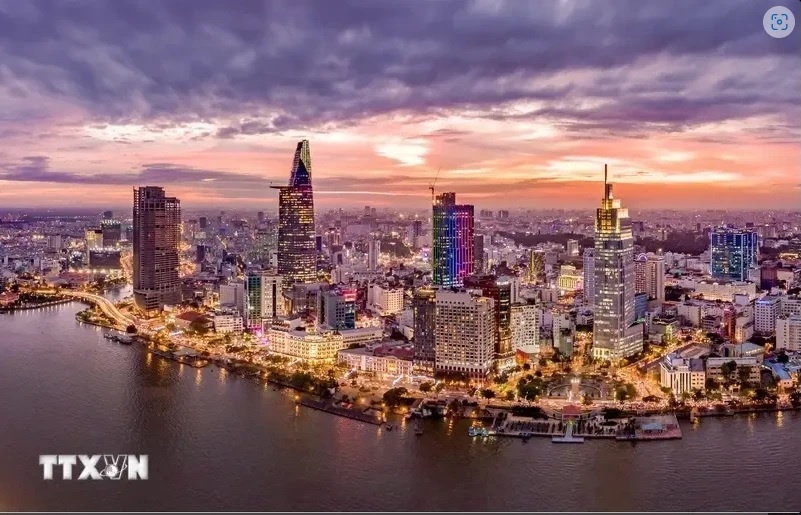

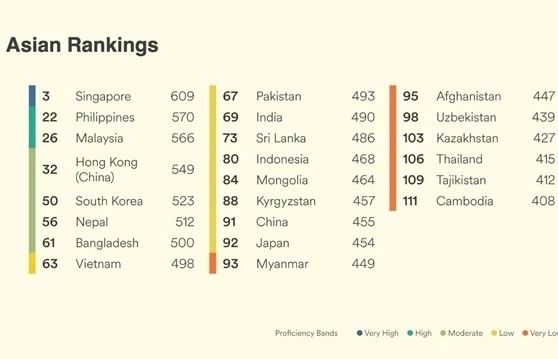
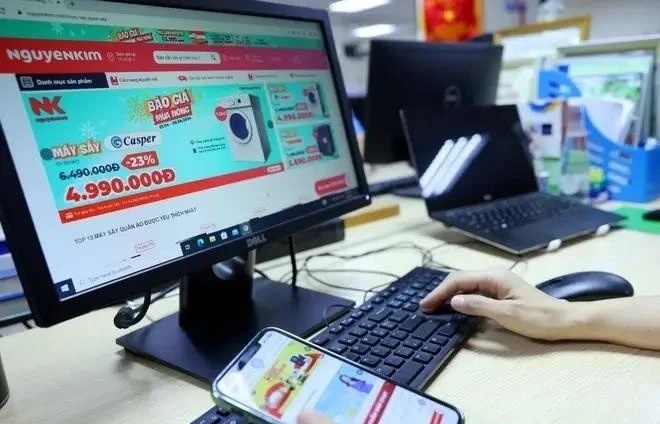
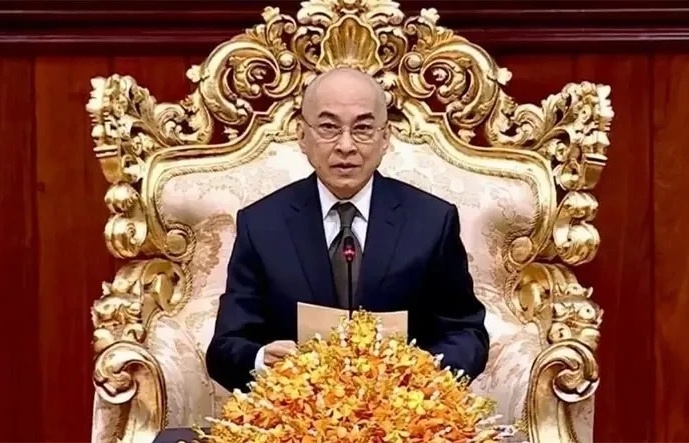

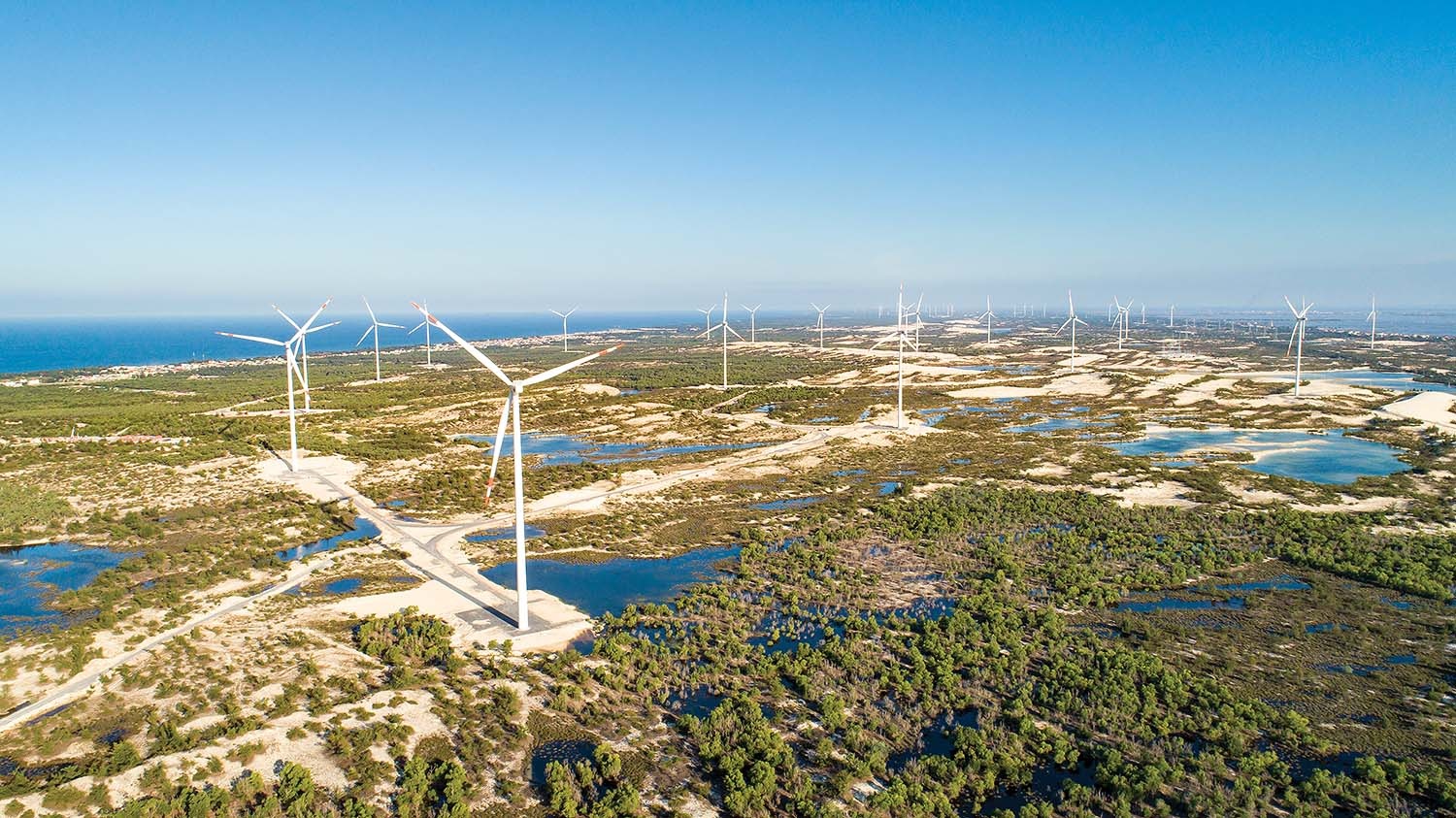
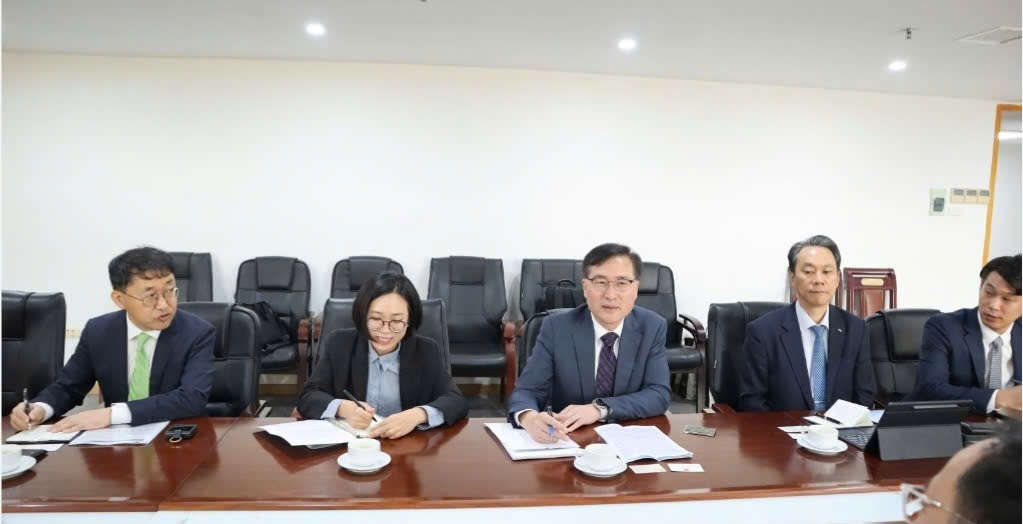
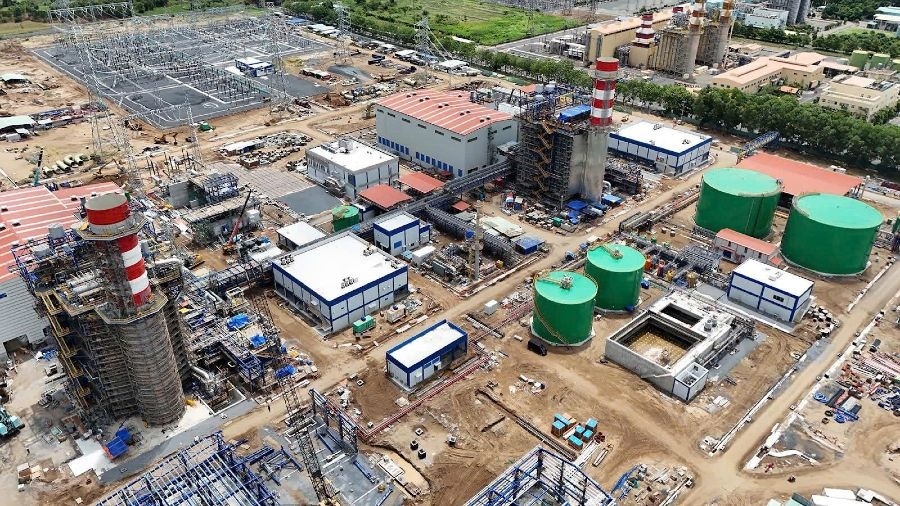
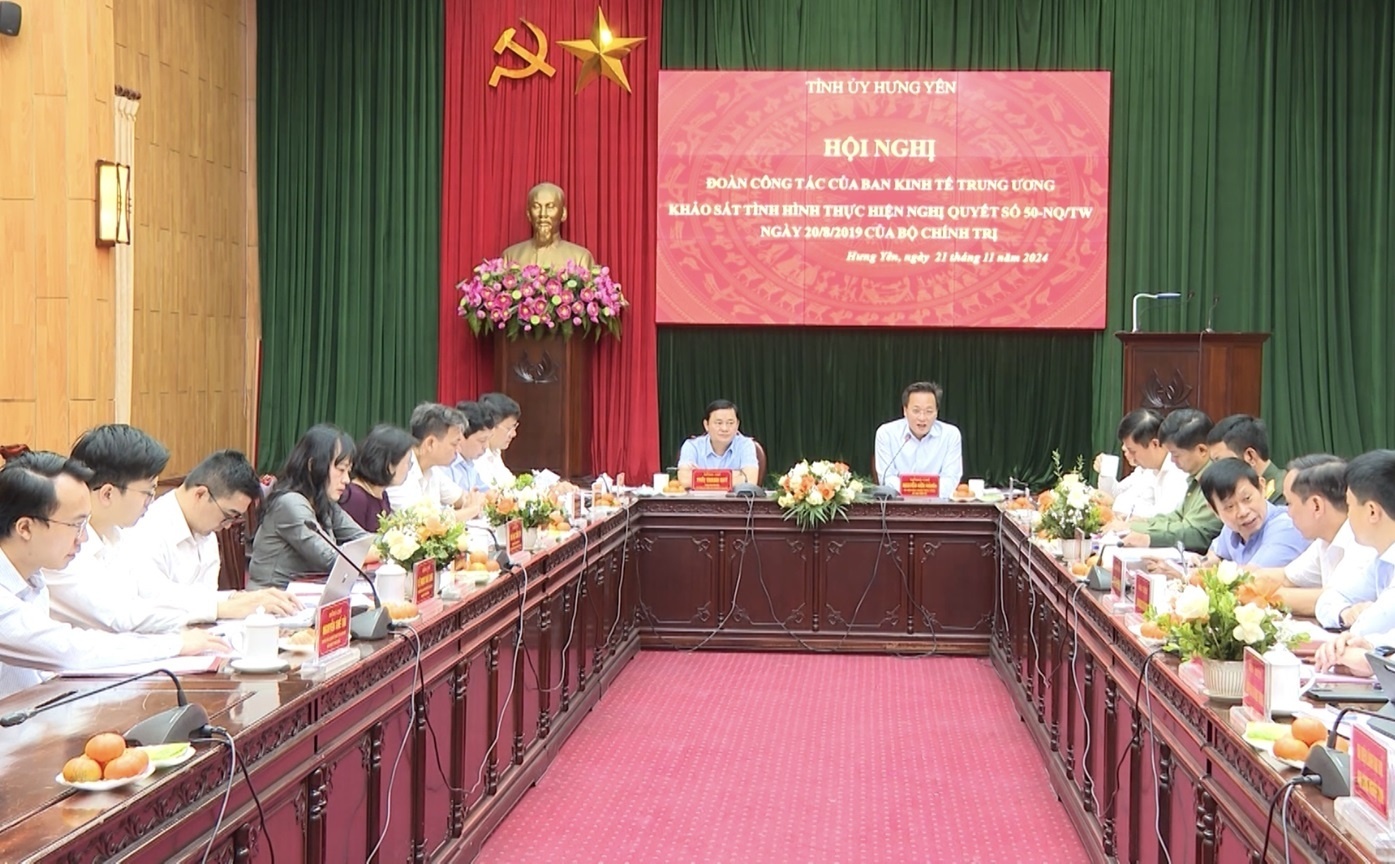
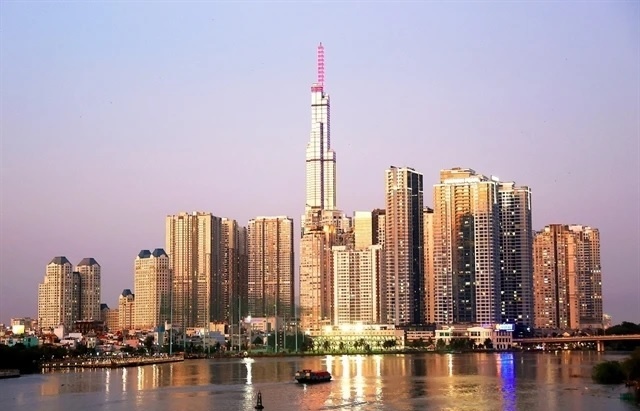



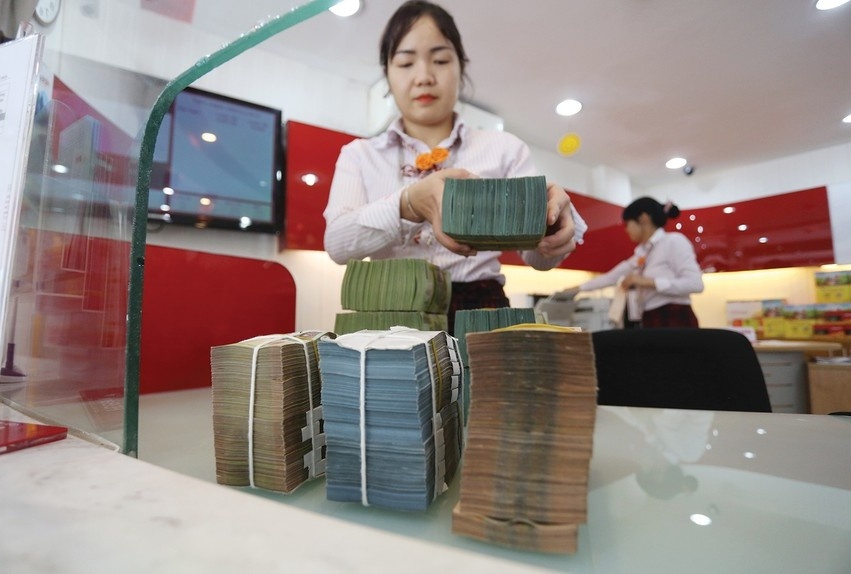
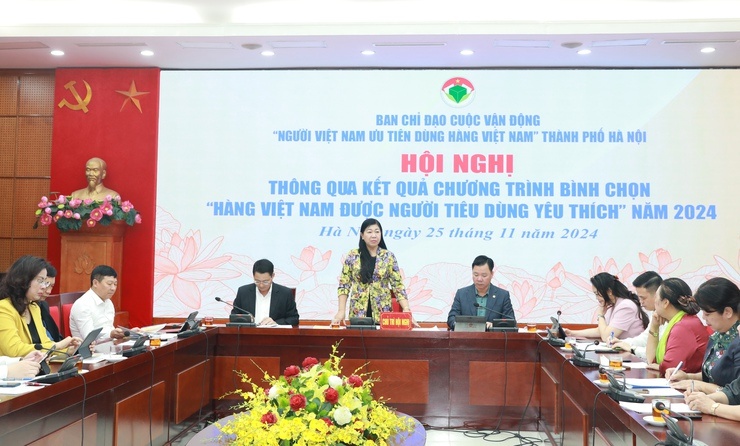
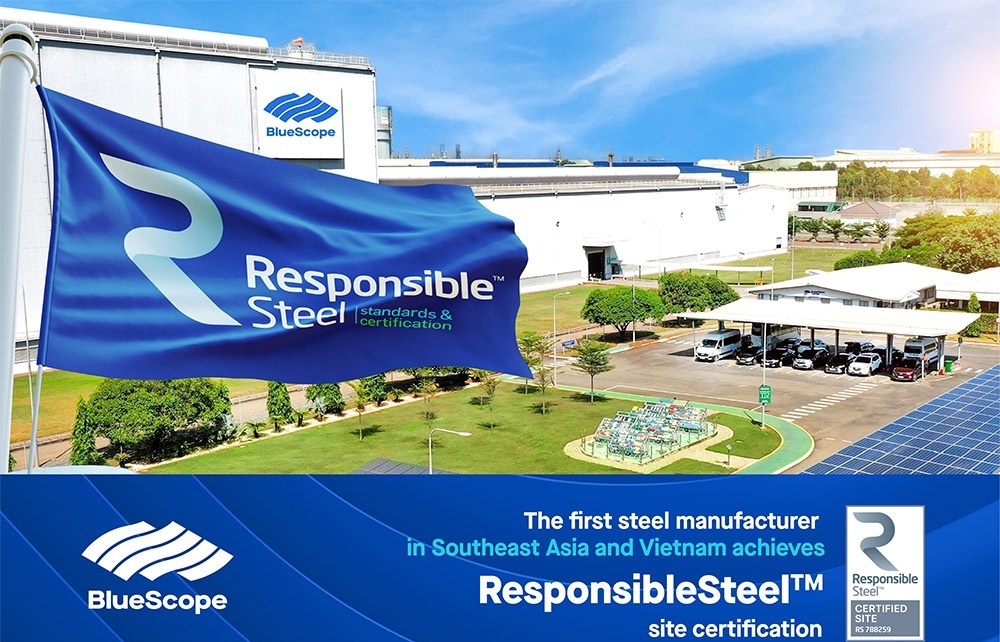



 Mobile Version
Mobile Version